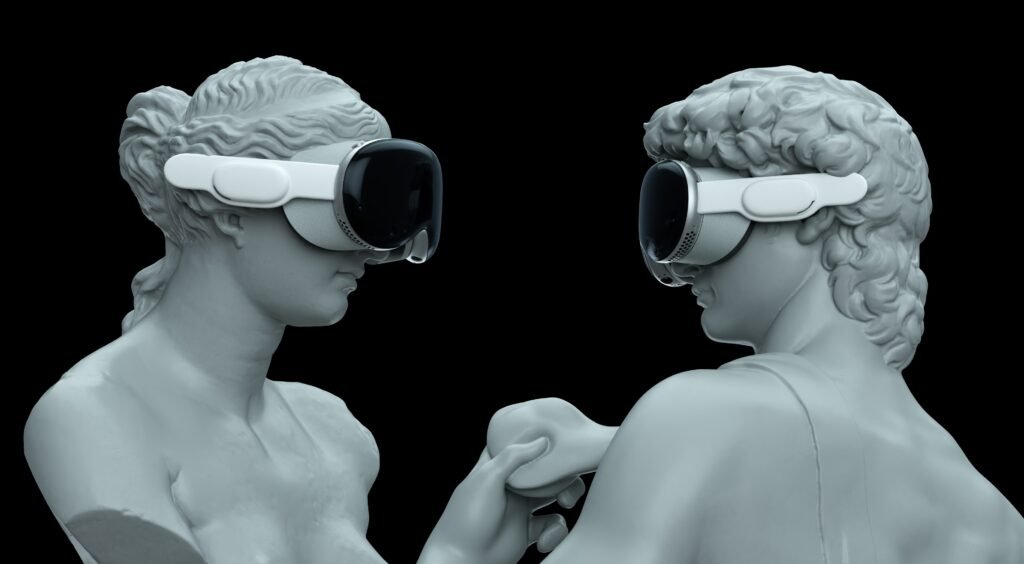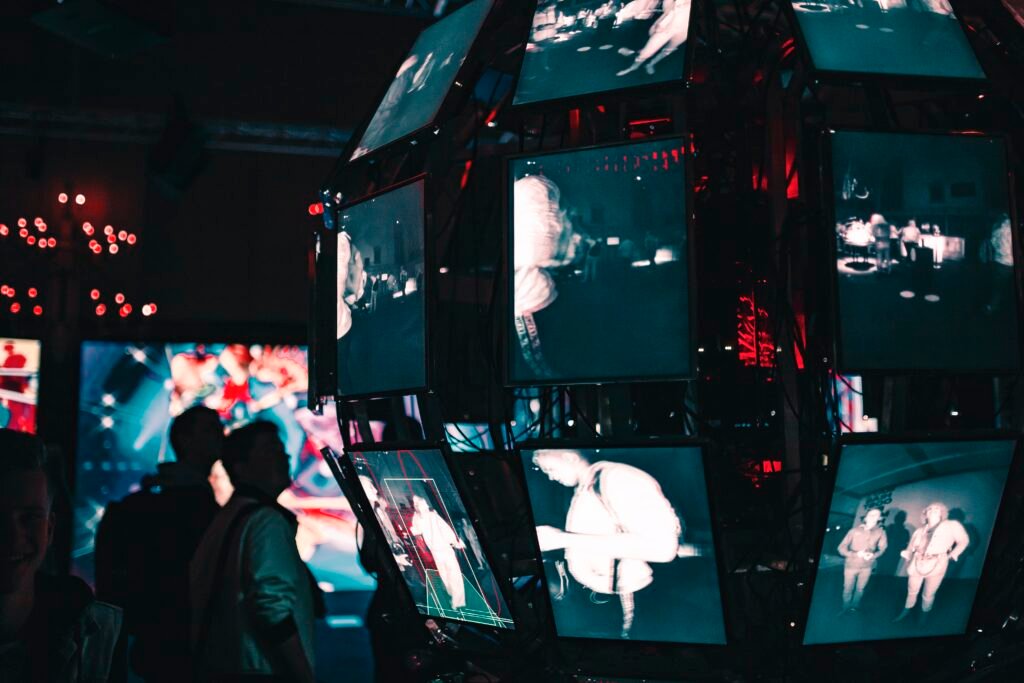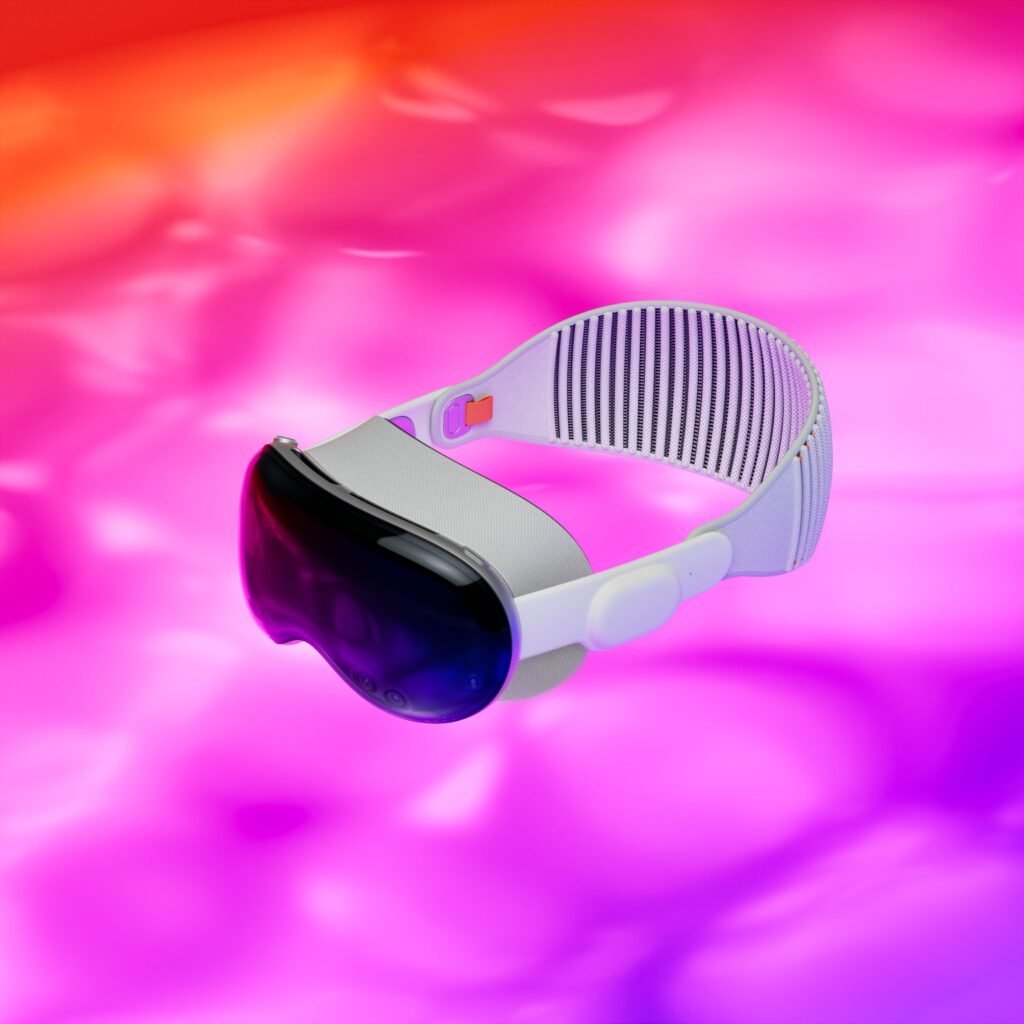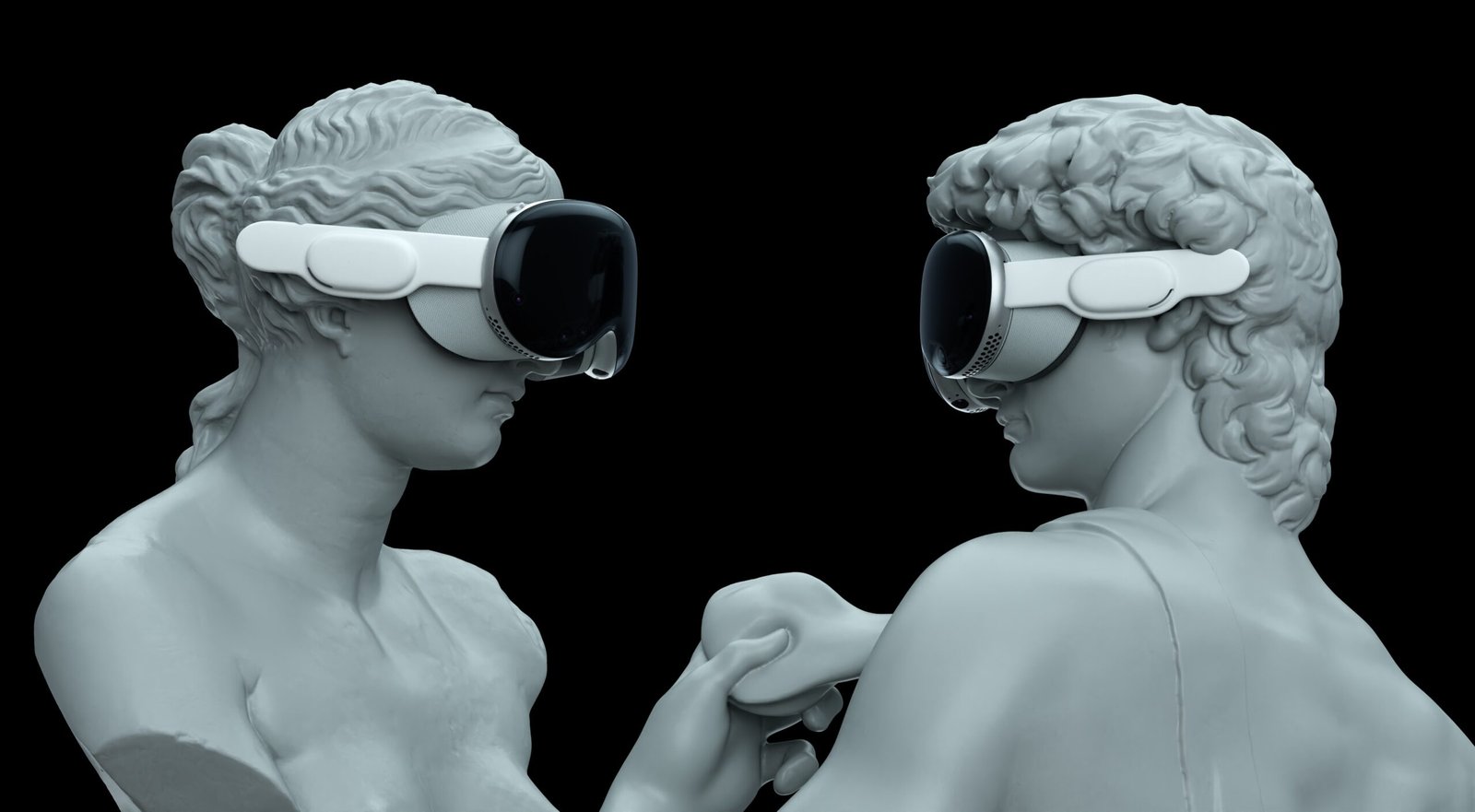Imagine stepping into a fantastical world, where reality blurs with virtuality, and the possibilities are endless. But have you ever wondered what makes this realm so lifelike and immersive? It’s not just the visual marvels or the awe-inspiring experiences; it’s the technology behind it all. In the article “Is VR Artificial Intelligence,” we will explore the fascinating connection between virtual reality and AI and uncover how artificial intelligence plays a critical role in creating mind-blowing virtual experiences. So, fasten your seatbelts and get ready to embark on a vivid journey into the realm of virtual reality!
1. Definition of Artificial Intelligence
Artificial Intelligence (AI) is a branch of computer science that focuses on creating intelligent machines that can perform tasks that typically require human intelligence. AI encompasses various subfields, including Machine Learning, Deep Learning, Natural Language Processing, Robotics, and Expert Systems.
1.1 Machine Learning
Machine Learning is a subset of AI that enables computers to learn and improve from experience without being explicitly programmed. It involves the development of algorithms that can analyze and interpret vast amounts of data and make accurate predictions or decisions based on patterns and trends.
1.2 Deep Learning
Deep Learning is a subset of Machine Learning that revolves around training artificial neural networks with multiple layers to learn and understand complex patterns. It mimics the human brain’s structure, allowing machines to recognize and classify images, process natural language, and even make decisions.
1.3 Natural Language Processing
Natural Language Processing (NLP) is a field of AI that enables machines to understand and communicate in human language. NLP algorithms facilitate tasks such as speech recognition, language translation, sentiment analysis, and chatbot interactions.
1.4 Robotics
Robotics combines AI with physical systems to design and build autonomous machines that can perform tasks or actions in the physical world. Robotic systems can range from simple automated processes to complex humanoid robots capable of interacting with their environment.
1.5 Expert Systems
Expert Systems are AI-based programs that use knowledge and reasoning techniques to solve specific problems at a level comparable to human experts. These systems employ a set of rules or algorithms to analyze data, make informed decisions, and provide expert advice or recommendations in various domains.
2. Definition of Virtual Reality (VR)
Virtual Reality (VR) refers to a simulated experience that can be similar to or completely different from the real world. It involves immersing a person in a computer-generated environment, typically through the use of specialized VR devices, to provide a highly interactive and realistic experience.
2.1 Immersive Experience
VR provides users with an immersive experience by stimulating their senses through visuals, sounds, and even haptic feedback. This immersive nature allows individuals to feel as if they are truly present in a virtual environment, creating a sense of presence and enhancing their overall experience.
2.2 Usage and Applications
VR has a wide range of applications across various industries. It is extensively used in gaming and entertainment to offer users a more immersive and interactive gameplay experience. Additionally, VR is leveraged in training and simulation scenarios, healthcare and therapy, architecture and design, education, and many other fields.
2.3 VR Devices
To enter and experience virtual reality, users need specialized VR devices. These devices include VR headsets or goggles that track the user’s head movements to provide a 360-degree visual experience. They often come with handheld controllers or motion tracking systems to enable user interaction within the virtual environment.

3. Synergy between Virtual Reality and Artificial Intelligence
The combination of Virtual Reality and Artificial Intelligence results in a powerful synergy that amplifies the capabilities of both technologies.
3.1 Enhancing User Experience
With the integration of AI, VR experiences can be personalized and tailored to individual users’ preferences and behaviors. AI algorithms can analyze user data, such as past interactions and preferences, to dynamically adapt and modify the VR environment to provide a more engaging and immersive experience.
3.2 Personalization and Adaptation
AI enables VR systems to adapt and personalize the virtual environment based on real-time user inputs, physiological responses, and emotional states. This personalization creates a more customized and emotionally resonant experience for users, enhancing their immersion and overall satisfaction.
3.3 Interactive AI Characters
The integration of AI in VR allows for the creation of interactive AI characters or virtual assistants within the virtual environment. These AI characters can understand and respond to user inputs, hold conversations, provide guidance, and even exhibit human-like behaviors, making the virtual experience more interactive and engaging.
3.4 Realistic Simulations
AI algorithms can enhance the realism of VR simulations by generating more realistic and natural virtual environments. By leveraging techniques such as procedural generation and generative adversarial networks, AI can create dynamic and highly detailed virtual worlds that closely mimic real-life scenarios.
4. Applications of Artificial Intelligence in Virtual Reality
Artificial Intelligence plays a crucial role in various applications within the realm of Virtual Reality.
4.1 Virtual Assistants in VR
AI-driven virtual assistants can enhance the VR experience by providing real-time assistance and guidance to users. These assistants can respond to voice commands, answer questions, offer directions, and assist in navigating the virtual environment, creating a more intuitive and user-friendly experience.
4.2 AI-driven Content Generation
AI algorithms can generate virtual content within VR environments, reducing the need for manual creation and allowing for dynamic and personalized experiences. AI can generate realistic landscapes, populate virtual worlds with intelligent non-player characters, and create interactive storylines based on user interactions.
4.3 Machine Learning for VR Navigation
Machine Learning techniques can enable VR systems to navigate and interact with the virtual environment intelligently. By training models on vast amounts of data, VR systems can learn to understand user movement patterns, anticipate actions, and dynamically adjust the virtual environment to match their movements, providing seamless and natural navigation experiences.
4.4 AI-powered Gesture and Voice Recognition
AI algorithms can be utilized to accurately recognize and interpret user gestures and voice commands within VR environments. This enables users to interact naturally with the virtual environment, making hand gestures or speaking commands to control objects, navigate, or trigger specific actions.

5. Evolution of AI in VR
The integration of AI in VR has undergone several stages of development, from early experiments to present-day applications, paving the way for exciting future possibilities.
5.1 Early Experiments
In the early days of VR, AI integration was limited and mostly focused on basic virtual environments and simple AI interactions. These experiments laid the foundation for future advancements by exploring the possibilities of combining computer graphics, virtual worlds, and rudimentary AI capabilities.
5.2 Present-Day Applications
Currently, AI plays an integral role in various VR applications and industries. Gaming and entertainment have seen significant advancements, with AI-powered NPCs providing realistic interactions and adaptive gameplay experiences. Industries such as healthcare and education leverage VR and AI to enhance training simulations, therapies, and educational experiences.
5.3 Future Possibilities
The future of AI in VR holds tremendous potential. Advancements in AI algorithms, hardware, and data collection techniques will enable more immersive, realistic, and personalized VR experiences. As AI continues to evolve, we can expect enhanced social interactions within VR environments, AI-generated virtual environments, and even higher levels of personalization in the VR experience.
6. Challenges and Limitations
While the integration of AI and VR offers immense possibilities, there are challenges and limitations that need to be addressed.
6.1 Data Privacy and Security
As AI in VR relies on collecting and analyzing user data, ensuring proper data privacy and security measures is crucial. Safeguarding user information, protecting against data breaches, and obtaining informed consent for data collection are essential considerations.
6.2 Ethical Considerations
The ethical implications of AI in VR should be carefully examined. Issues such as AI bias, algorithm transparency, and the potential impact of AI on human behavior should be addressed to ensure ethical use and prevent unintended consequences.
6.3 Technical Constraints
The integration of AI and VR poses technical challenges, such as achieving real-time processing and rendering of the virtual environment. High computational requirements and latency issues must be overcome to deliver smooth and responsive VR experiences.
6.4 Cost and Accessibility
AI-powered VR technologies can be expensive, limiting their accessibility to a broader audience. Addressing cost barriers and making AI-driven VR more affordable and accessible will be crucial for widespread adoption and democratization of these technologies.

7. Impact of AI in VR
The integration of AI in VR holds significant potential and has already made a considerable impact across various domains.
7.1 Advancements in Gaming and Entertainment
AI-driven NPCs and adaptive gameplay have revolutionized the gaming industry, delivering more immersive and interactive gaming experiences. AI algorithms can generate lifelike virtual characters, dynamic game environments, and personalized storylines, enhancing the overall entertainment value.
7.2 Training and Simulation
AI-powered VR simulations have become an essential tool in training scenarios for professionals in industries such as aviation, medicine, and manufacturing. These simulations provide a safe and realistic environment for trainees to practice and develop their skills, leading to enhanced efficiency and reduced risks.
7.3 Healthcare and Therapy
VR combined with AI has immense potential in healthcare and therapy. VR can simulate medical procedures, allowing physicians to practice complex surgeries. Additionally, VR-based therapy can help with phobias, anxiety disorders, and post-traumatic stress disorders, offering a safe and controlled environment for treatment.
7.4 Education and Training
AI-driven VR can transform the way we learn, making education more engaging and interactive. Virtual classrooms, historical reenactments, and immersive learning experiences provide students with a deeper understanding of complex subjects, improving knowledge retention and fostering creativity.
8. Integration of AI and VR Technologies
The integration of AI and VR technologies requires the collaboration of AI algorithms, hardware, and VR systems.
8.1 AI Algorithms in VR Systems
AI algorithms form the foundation of AI-powered VR experiences. They enable personalized content generation, real-time adaptation, and intelligent interactivity within the virtual environment. Ongoing advancements in AI algorithms will further enhance the capabilities and possibilities of VR experiences.
8.2 AI Hardware for VR
AI hardware, such as specialized AI chips and processing units, can accelerate AI computations and improve the performance of VR systems. These hardware advancements can lead to more realistic graphics, faster processing of AI algorithms, and seamless user interactions within VR environments.
8.3 AI-driven VR Applications
The development of AI-driven VR applications requires expertise in both AI and VR technologies. Software developers, AI engineers, and VR specialists collaborate to design and create innovative applications that leverage the unique capabilities and synergy of AI and VR.
9. Future Trends and Predictions
The future of AI in VR holds several exciting trends and predictions that could shape our virtual experiences.
9.1 AI-driven VR Social Interaction
AI-driven virtual characters in VR environments will become more sophisticated, allowing for dynamic and realistic social interaction. Users will be able to engage in meaningful conversations, forge emotional connections, and have social experiences that closely resemble real-life interactions.
9.2 AI-generated VR Environments
AI algorithms will play a significant role in generating dynamic and highly realistic VR environments. AI-powered procedural generation techniques, combined with advanced simulation capabilities, will enable the creation of realistic and diverse virtual worlds, providing users with endless exploration possibilities.
9.3 Enhanced AI Personalization in VR
AI algorithms will continue to evolve to achieve higher levels of personalization in VR experiences. Systems will be able to understand user preferences, adapt to individual behaviors, and deliver tailored content and interactions that resonate with each user, ultimately providing highly immersive and engaging experiences.
10. Conclusion
The integration of Artificial Intelligence (AI) and Virtual Reality (VR) results in a powerful synergy that enhances user experiences, expands the capabilities of VR, and has far-reaching applications across various domains.
The combination of AI and VR enables personalized and adaptive VR experiences, creating virtual environments that closely mimic real-life scenarios. AI-powered virtual assistants, realistic simulations, and AI-generated content enhance interactions, immersion, and overall satisfaction for users.
The applications of AI in VR are vast, ranging from gaming and entertainment to healthcare and education. AI-driven NPCs, machine learning for VR navigation, and gesture and voice recognition in VR environments are revolutionizing these domains.
While challenges such as data privacy, ethical considerations, and technical constraints exist, the potential impact of AI in VR is significant. Advancements in gaming, training and simulation, healthcare, and education demonstrate the transformative power of this integration.
The future of AI in VR holds exciting possibilities. AI-driven social interactions, AI-generated VR environments, and enhanced personalization in VR experiences are just some of the potential trends and advancements on the horizon.
As AI and VR technologies continue to evolve, society can look forward to an exciting future where immersive and intelligent virtual experiences become an integral part of our daily lives.






